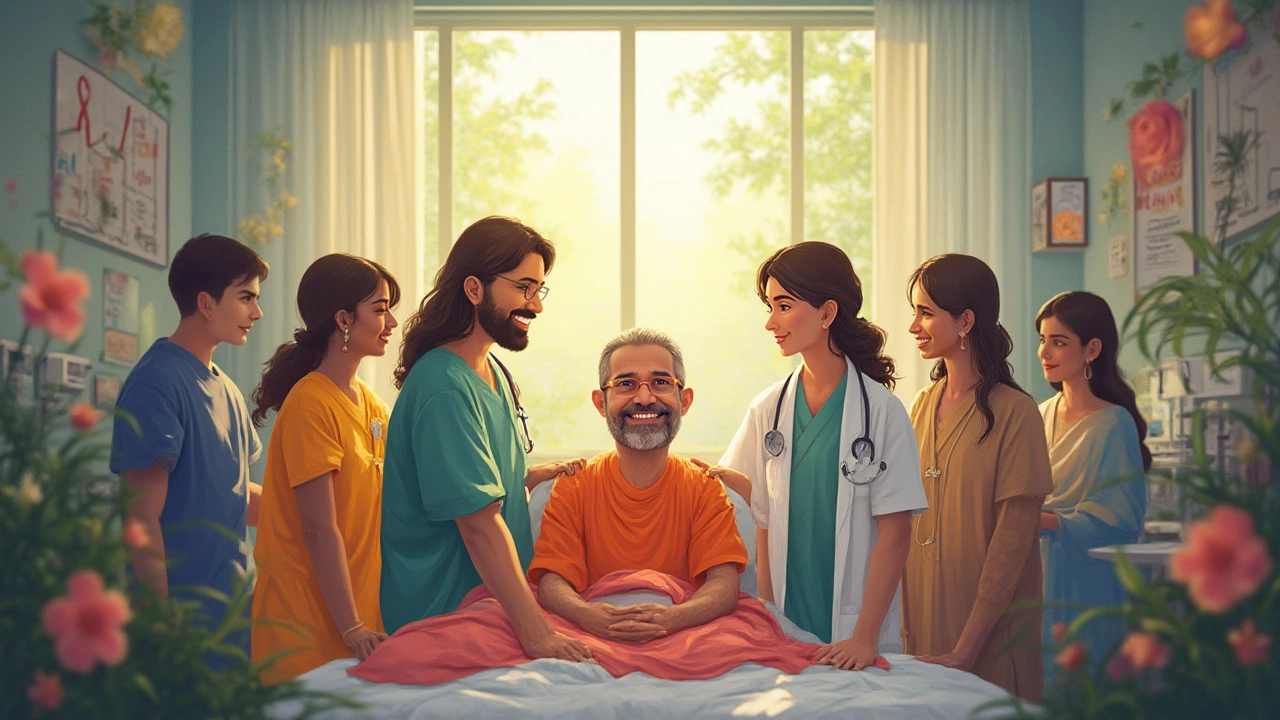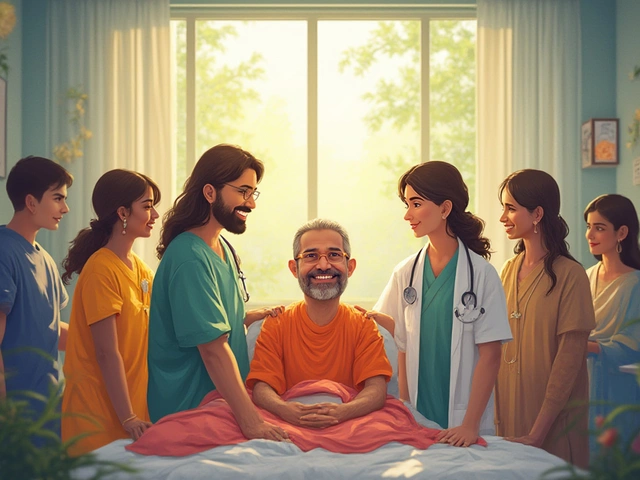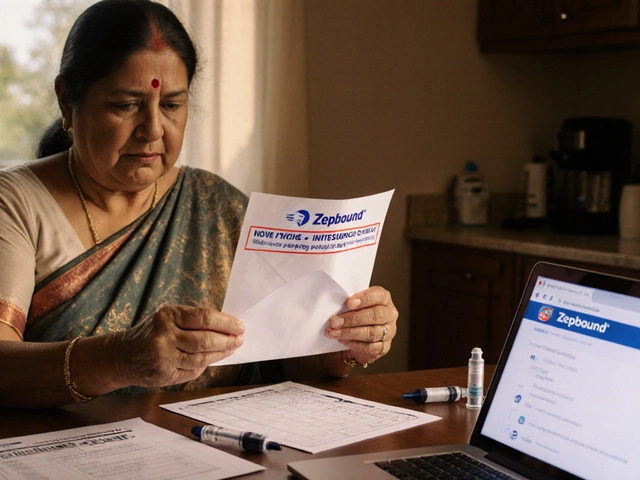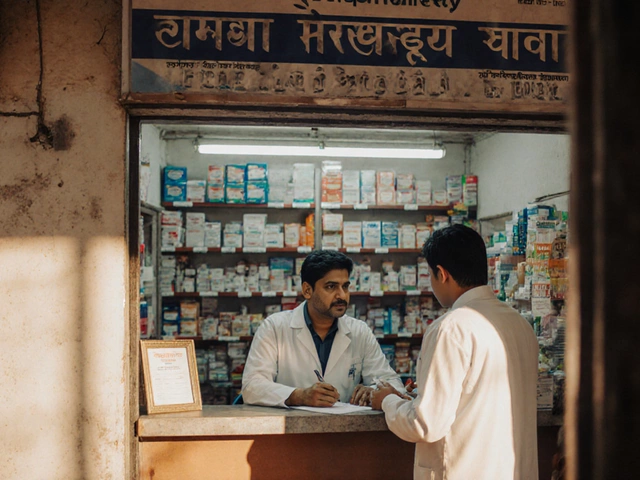Stage 4 cancer means the cancer has spread far from where it started—doctors call this ‘metastatic’ cancer. For most people, just hearing the words ‘stage 4’ can suck all the hope out of the room. But can people really come back from that? Have there been cases where someone beat the odds? It might surprise you, but the answer is yes. Not only have people survived stage 4 cancer, but some are out there running marathons, raising families, or living lives they once thought were out of reach. Of course, these stories are rare, but rare doesn't mean impossible. In fact, medical journals are full of unexpected recoveries—stuff that baffles even the most experienced oncologists. Mix in new research, smarter treatments, and a lot of stubborn human spirit, and the picture gets even more interesting.
Facing The Odds: What Does Stage 4 Cancer Really Mean?
If you ask people what stage 4 cancer means, most will say it’s a death sentence. And for a long time, that’s exactly what it was. Doctors would find that the cancer had spread—maybe from the lung to the liver, or the breast to the bones. When cancer jumps to other organs, it gets much harder to control. Oncologists use numbers to describe the size and spread of cancer, stage 4 is the highest and means there’s cancer lurking in places far from the original tumour. The five-year survival rates for many stage 4 cancers can look really harsh—often in the single digits. But those numbers are just averages. Some people break all expectations.
Let’s get into the details. The actual five-year survival rate depends on what kind of cancer you’re dealing with. For instance, according to the American Cancer Society, the five-year survival rate for stage 4 pancreatic cancer is less than 3%. For stage 4 breast cancer, the rate climbs to about 30%. Here’s a real kicker—some cancer types, like testicular cancer or some forms of lymphoma, still respond to treatment even at stage 4. That means a positive story isn’t just a wild dream; in the right case, it’s actually possible.
Imagine being told you have two months left, but three years later you’re still here. There’s the story of Ben Williams, a professor diagnosed with glioblastoma (widely known as the deadliest brain cancer), who used a mix of standard therapy and some daring self-advocacy to beat his three-month prognosis. Then there’s Lisa Moran, who battled metastatic breast cancer and is still kicking a decade later, using both targeted therapies and staying on top of her overall health. Their secrets? It’s never just one thing. Sometimes it’s hitting just the right treatment at the right time; sometimes it’s about responding unusually well to therapy, or catching a second wind when something new gets approved.
To give you a clearer picture, check out this quick table showing what’s possible:
| Cancer Type | Stage 4 Five-Year Survival Rate | Cases of Long-Term Survival |
|---|---|---|
| Breast | ~30% | Thousands documented |
| Colon | ~14% | Several hundred |
| Lung | ~6% | Well-documented but rare |
| Melanoma | ~30% | Several cases annually |
| Testicular | ~73% | Numerous success stories |
See that? Survival isn’t common, but it does happen. What’s more interesting is how these survivors manage to pull through. This brings us to the treatment part.

Breakthrough Treatments and Survival Stories
Treatment for stage 4 cancer survival has changed a lot over the last decade. I’m not just talking about chemotherapy, which most people know makes your hair fall out and messes up your gut. There’s way more in the toolbox now. Today, immunotherapies, targeted therapies, and even smart personalized medicine are completely changing the game. Immunotherapy, for example, helps your own immune system fight cancer. Sounds simple, but the tech behind it is mind-blowing. The first real buzz started when folks with melanoma and some types of lung cancer who’d gone through all standard options suddenly started responding to immunotherapy drugs like nivolumab and pembrolizumab. Some of these patients now have what’s called ‘no evidence of disease’—and that was unthinkable 15 years ago.
Let’s not forget targeted therapies. These go after specific genetic changes in tumors, almost like programming a missile to hit just one kind of enemy. For instance, in breast cancer, drugs like trastuzumab (Herceptin) have given many patients extra years of life, and sometimes even remission. There’s also a new generation of oral drugs for lung cancer with certain mutations (like EGFR or ALK), which let some people live mostly normal lives even with stage 4 disease.
If you want something a bit gutsier, there’s always the story of Kris Carr, who turned a rare stage 4 liver and lung cancer diagnosis into a decades-long journey. She mixed regular medicine with changes in her diet, stress reduction, and lots of advocacy. Her story stands as proof that even in the worst-case scenario, the end isn’t always written in stone. Dana-Farber Cancer Institute and the Mayo Clinic have published several case studies showing similar results. Sometimes, someone’s tumor is genetically wired to respond to a certain drug, or they happen to find a clinical trial that fits just right. Other times, the reason’s a mystery.
Here are some common threads from survivor stories:
- Quick action. The faster treatment starts after diagnosis, the better the odds.
- Finding and joining the right clinical trial. These often offer cutting-edge therapy that’s not yet available otherwise.
- Getting second or even third medical opinions. A fresh set of eyes can spot overlooked options.
- Family and community support. Emotional strength is underrated, but nearly all the thrivers say it made a difference.
- Staying as healthy as possible during treatment: even simple stuff like yoga, walking, or better diet seemed to help with side effects.
Doctors still say cures at stage 4 are rare, and nobody should bet their life on it happening. But ‘rare’ isn’t the same as ‘never.’ The science keeps improving, and more surprises are showing up each year.
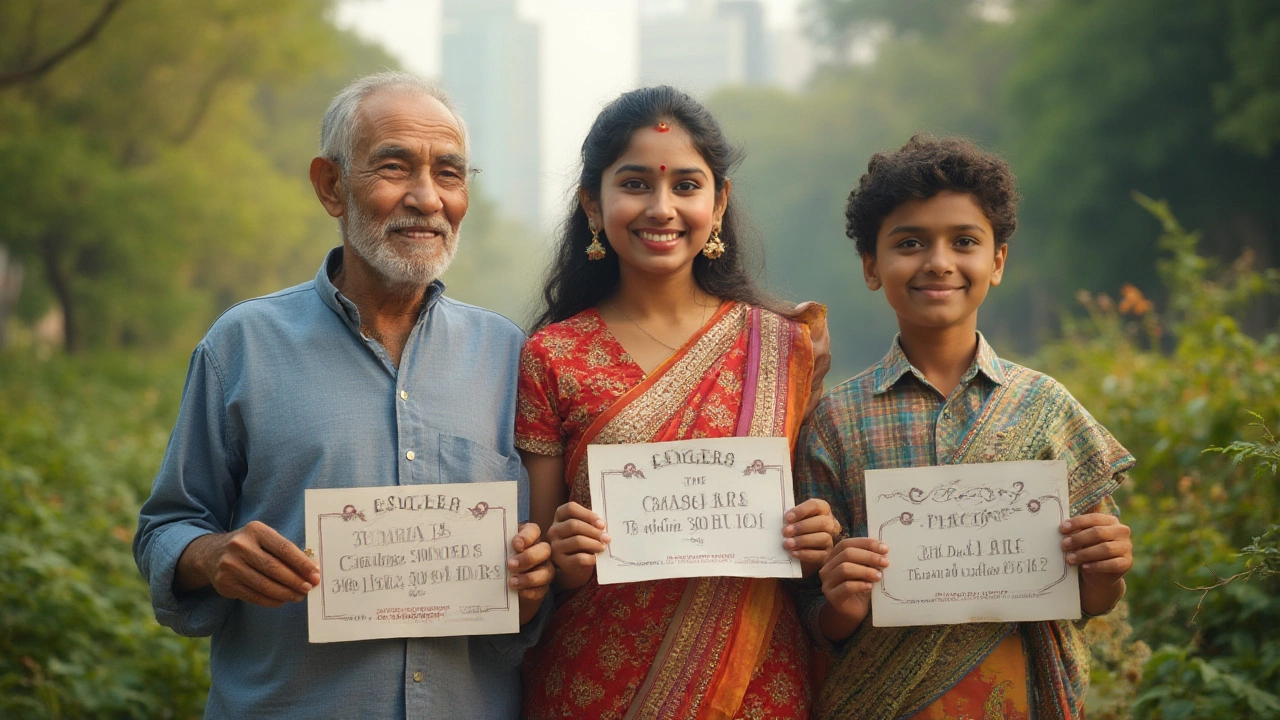
Tips for Patients and Families: Finding Hope Amidst the Chaos
The idea that someone—anyone—can survive stage 4 cancer can feel like a ray of sunlight after a night of bad news. Of course, hope alone isn’t a plan, and false hope can make things worse. But if you or a loved one are facing a stage 4 diagnosis, there are smart, practical moves you can make—even in the most chaotic days. Here’s what works for a lot of people who get that “miracle” label, and it’s not magic or miracle-cures sold online.
- Research your specific cancer. Not all cancers behave the same way at stage 4. Some are more aggressive, but some have a history of outliers beating the odds. Sites like Cancer Research UK, American Cancer Society, and Tata Memorial Hospital in Mumbai have fact-packed pages and survivor stories by type.
- Ask about genetic testing. Many new treatments depend on finding certain mutations or proteins in cancer cells. Even tumors that look bad under a microscope might respond brilliantly to the right match of a drug. Sometimes, a test will show a target that opens up a brand-new treatment path.
- Don’t settle for just one opinion. Even good doctors can miss options or make mistakes. Indian cities like Bangalore and Delhi have world-class cancer centers, but treatment approaches can vary wildly. Bring someone with you to appointments to catch details you might miss.
- Look hard for clinical trials. New therapies are rolling out all the time, and you can find trials listed at clinicaltrials.gov or India’s own clinical research registries. These aren’t just on paper—hundreds of patients find life-saving help through trials every year.
- Consider palliative care—and don’t confuse it with giving up. In many cases, palliative teams help control pain and side effects, and some patients actually live longer because their bodies can handle more rounds of aggressive treatment.
- Stay connected. Cancer is as much a mental fight as a physical one. People who plug into support groups (in-person or online) say the sense of community gives them a boost when the going gets rough.
If money is tight, be upfront with your doctor. India has several government programs and non-profits that help shoulder the cost of expensive treatments or medications. Some pharma companies even run programs giving access to free or discounted drugs for eligible patients. You just have to ask.
And one last thing—don’t fall for miracle cure scams. There’s no magical herb, vitamin, or homeopathy fix for stage 4 cancer, despite what some “healers” might claim. Some patients do add yoga, meditation, or ayurvedic techniques as add-ons for stress relief, but these are just to help feel better, not to cure the cancer itself.
What you can do is fight smart. Keep records of everything, don’t be afraid to be that 'difficult' patient who keeps asking questions, and always, always push for the newest data, whatever the cancer type or treatment plan. Many survivors say that being an active participant in their own care made a huge difference, something doctors notice, too.
Stage 4 cancer is never an easy road. The statistics are scary, the treatments are tough, and the uncertainty can feel crushing. But real lives tell us that the story isn’t over until it’s over—and with brains, resilience, the right support, and a bit of luck, some people write completely new endings to their cancer stories. Today, more than ever, hope actually has a shot at becoming reality—even if the odds are still long.
